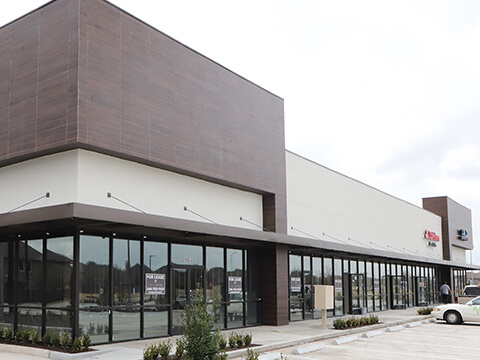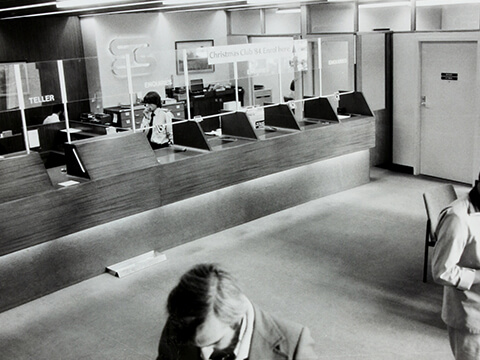 With the changing face of retail, malls have become the most visible casualty of online shopping and the COVID-19 pandemic. The local convenience and closed environment with several stores together was once the ideal model, but shifting consumer preferences and safety concerns have now made malls almost obsolete. Mall landlords are looking for ways to fill vacant units and are now considering repurposing anchor space as fulfillment centers through alternative tenants.
With the changing face of retail, malls have become the most visible casualty of online shopping and the COVID-19 pandemic. The local convenience and closed environment with several stores together was once the ideal model, but shifting consumer preferences and safety concerns have now made malls almost obsolete. Mall landlords are looking for ways to fill vacant units and are now considering repurposing anchor space as fulfillment centers through alternative tenants.
Fulfillment centers provide much needed distribution, logistics and warehousing services to local areas. These operations are typically located outside of the major metropolitan areas which results in higher fuel costs, trip charges and transport delays. Having a fulfillment center strategically located in town provides last-mile fulfillment to help optimize delivery times, lower expenses and increase customer satisfaction.
Successful examples of this trend include WVU Medicine’s fulfillment center taking over former Sears locations in Morgantown Mall in West Virginia. The company took over the 80,000 sq ft space earlier this year. Simon Property Group is partnering with Fillogic to open logistic hubs at some of their properties too. Another smaller example of this repurposing is Amazon’s partnership with Kohl’s to allow Amazon returns at their store. Amazon has also started retail stores in malls so it isn’t farfetched to see the company expand their mall presence with larger retail and fulfillment operations.
According to CBRE Research, there has been nearly 14 million sq ft of retail space converted to industrial (fulfillment) space since 2017, with 59 repurposing projects completed or in-process. This trend is expected to grow with the expansion of online retailing and retailers looking to remain profitable in uncertain times. This approach can be used by any retail landlord to help diversify their tenant mix and improve revenue stability.
This newer approach to logistics was already progressing, but the pandemic definitely accelerated it. Traditionally, companies would keep in-store inventories and online order inventory separate. However, in order to meet demand, companies are increasing their inventories at or near facilities in order to meet customer orders. While brick and mortar space is being utilized less, the unused space can easily be converted to accommodate other important customer-focused operations.
As further validation of this trend, Goldman Sachs Group has partnered with Dalfen Industrial for last-mile facilities in several large metro areas. This deal is estimated to be worth $500 million and will begin in Atlanta, Chicago, Cincinnati, Houston and Phoenix. Warehouses and fulfillment centers have been the bright spot during the pandemic and occupancy rates have continued to climb. The deal portfolio has tenants that include Frito-Lay, Sherwin Williams and Amazon. Industrial space rental rates are performing well and has seen improvement in many major metropolitan areas.
The fulfillment model is expected to grow over the next 4 years and can lead to in-store purchases as well. Many fulfillment operations have inside access along with exterior entrances similar to an anchor mall tenant. Some companies only have fulfillment and warehousing, while others will incorporate retail sales, return functionality, buy online and pick up in-store and delivery dispatch points. The versatility of these spaces allow companies to have a local presence and the ability to optimize their operations.
While some retail landlords may be skeptical and believe the overall lower industrial rents don’t fit in with their traditional model, e-commerce and consumer shopping experiences are forever changed after COVID-19. Even if they don’t make the shift right away, landlords should consider the possibility and ramifications of companies who want to integrate their retail and fulfillment operations at the mall.






